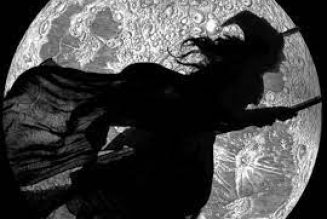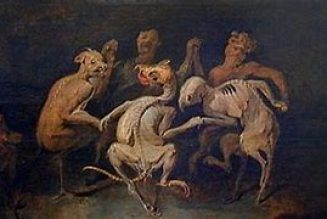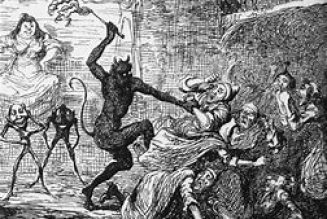While there are many theories, one of the most valid is that the Moon-unlike the
Sun-was able to change form and shape. Her crescent phase not only grew in the
sky to full, round beauty, but waned again into nothingness. Even more
mysteriously, She managed the process with perfect regularity. This regularity
gave ancient civilizations a sound way to keep track of time,` and consequently
the earliest calendars were based on the movement of Her cycles.
That being the case, this method of measuring time also spilled into the
religious arena. The Koran, for example, not only refuses to recognize the
addition of leap year days, but is firm in the fact that Islamic holidays always
begin at the exact moment the Moon is seen in the sky. Of course, this means
that even in the same area of the world, weather conditions-fog, rain, clouds, and
so forth-may actually cause the holiday to commence at different times.
While this may seem a bit confusing, Muslims aren’t the only religious
sector who still use a lunar calendar to calculate celebrations. The Judaic
calendar has always been based on the rising and setting of the Moon.’ And
because the early Christians calculated most of their holidays to fall in sync with
Jewish festivities, we still find a connection to the Moon in many Christian
celebrations with variable dates. A prime example of this is Easter, which is
calculated to be “the first Sunday after the Full Moon which happens upon, or
next after the twenty-first day of March.”‘
If the Moon was the original timekeeper, though, why don’t we use her
cycles to measure time today? How in the world did we wind up with a solar
calendar?
Well, the ancient Egyptians discovered that while the Moon definitely
coursed with perfect timing, Her twentynine day cycle didn’t provide an accurate
measure of the seasons. This meant that the seasonal beginnings and endings
were miscalculated by several days, and this was a huge problem for the
civilized world. Why? Because farmers had to know when to plant and when to
harvest. Merchants had to know when they’d have crops for sale. More
importantly (at least to the Egyptians) was the ability to forecast the annual
flooding of the Nile River. And none of that was possible without an accurate
form of seasonal measurement.
To that end, the Egyptians put their heads together and worked up a
calendar based on solar cycles. The only catch was that it extended the annual
calendar by eleven days, but since it put the seasons within predictability (which
was the main reason for the change to start with), it really wasn’t a problem.
Julius Caesar brought the calendar to Europe some two thousand years ago, and
the rest, as they say, is history







